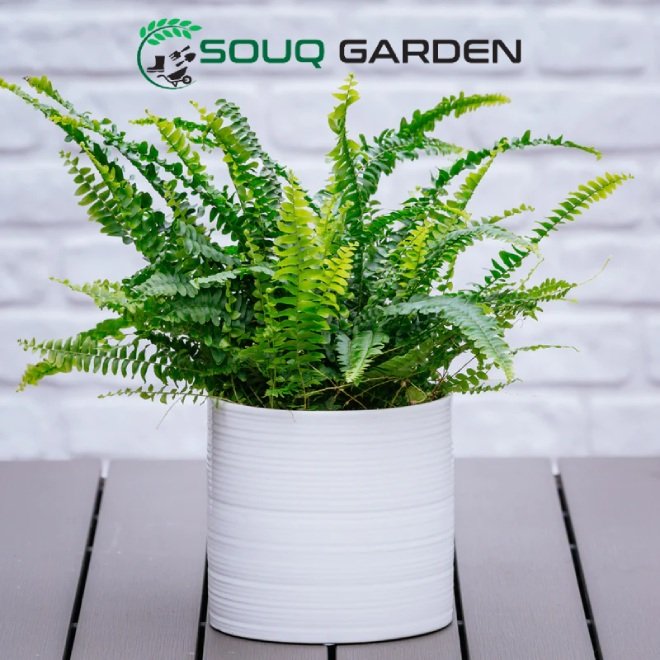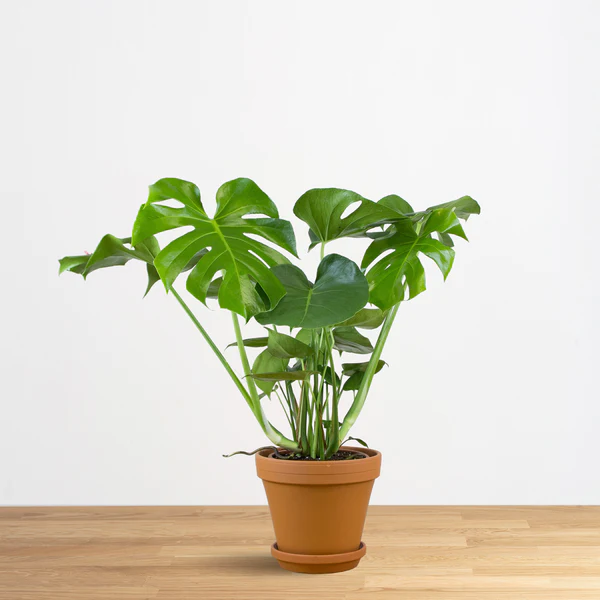No products in the cart.
| Scientific name | Howea forsteriana |
| Common name | Kentia palm |
| Temperature requirement | 25-35 °C |
| Humidity | 40-50% |
| Light | Bright, indirect light but will tolerate shade |
| Watering | Water everyday &keep moist |
| Pests | Spider mites, scale, and mealybugs |
| Pet friendliness | Not hazardous |
| Maximum plant height | 200-300cm |
| Potting mix | Potting soil/red soil/manure/perlite |
| Pot requirement | Good drainage & repot every 1-2 years |
| Nutrition | Apply manure for first 15 days and npk for next 15 days |
| Pruning & training | Remove dead & diseased leaves with sterile shears |
| Common color & season | |
| Description | The kentia palm is a perfect indoor palm. Elegant, air purifying and resilient, it can tolerate some neglect, cooler temperatures and dry air conditions making it a low maintenance and trouble-free palm to provide lush, leafy, tropical foliage and an exotic element to any home or office interior. Howea forsteriana is also sometimes called the sentry palm or thatch palm.Too little light can limit frond growth, and the palm probably won’t produce flowers. Too much light or exposure to harsh light can scorch the fronds. Kentia palms prefer a well-drained sandy or loamy soil. But they also may adapt to clay soils as long as there’s still adequate drainage. An acidic soil ph is best, but they can tolerate a neutral to slightly alkaline ph.Kentia palms like lightly moist soil. They don’t tolerate severe drought or overwatering well. Plan to water when the top inch of soil dries out.Pruning needs for a kentia palm should be minimal. Trim off dead fronds once they’re brown and dried up. You can propagate your palm simply by division of the trees and by its seeds. Common pests that can affect a kentia palm are spider mites, mealybugs, and scale. |
Additional information
| Choose Height | 80cm-100cm, 120cm-150cm, 150cm-180cm, 180cm-200cm |
|---|



























Reviews
There are no reviews yet.